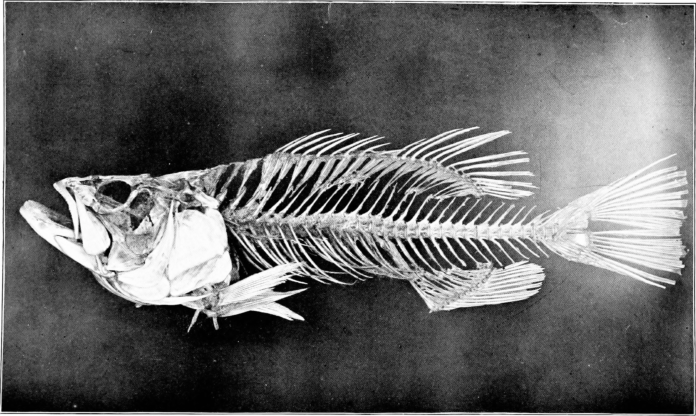An unusual case of subcutaneous emphysema after fish bone ingestion
Fishbone ingestion is a common cause for referral to the emergency room. In most cases, doctors can easily retrieve fish bones in a clinical setting. However, sometimes the retrieval of an impacted fish bone can become difficult because of its location. This can result in several complications, including airway obstruction, major vessel injury and deep neck abscess which are potentially life-threatening events. In a similar case a woman had quite a scare when she swallowed a fish bone, leading to subcutaneous emphysema. The 54-year-old female patient accidentally swallowed a that got stuck in her upper throat.
The fish bone perforated the woman’s throat and embedded in her neck muscles, resulting in complications.
The woman tried to vomit multiple times in an attempt to dislodge the fish bone but failed to do so. What’s more, other than the discomfort, she was not also struggling with breathing difficulties and a swollen neck. She immediately reported to the emergency room with a complaint of something being stuck in her throat which caused her “excruciating pain”. Palpation of the neck revealed a crackling or popping sound known as crepitus. Crepitus is an abnormal or crackling sound in a joint or lungs. The sound can either be loud or faint and is often associated with an uncomfortable or painful sensation.
Doctors further advised an X-ray and CT scan. At first the doctors could not locate the fish bone in the X-ray. Certain types of fish bones are not easy to locate on X-rays because of the amount of radiation they absorb. However, the CT scan confirmed the presence of a 2-inch bone embedded in the sternocleidomastoid muscle, a pair of long muscles that serve to turn and nod the neck. Although fish bones are quite easy to retrieve from the upper throat. It becomes fairly difficult once it has migrated deep into the neck muscles.
According to the report, the fish bone migrated to the back of her neck because of her multiple attempts of purging.
Doctors suspected that her rigorous neck and tongue movements may have caused the bone to migrate into her neck muscle. Similarly, forced vomiting can also cause air sacs in the lungs to rupture, releasing air that can travel along the blood vessels. This results in trapped air in the skin, known as subcutanoeus emphysema.
This was an unusual case of subcutaneous emphysema and the patient required surgery for removal of the fish bone. Doctors further prescribed her antibiotics to prevent infection. She was discharged after 5 days at the hospital with a complete resolution of her symptoms.
References
Migratory Fish Bone Presented With Extensive Surgical Subcutaneous Emphysema: A Case Report https://www.sciencedirect.com/science/article/abs/pii/S0736467921001578#!




